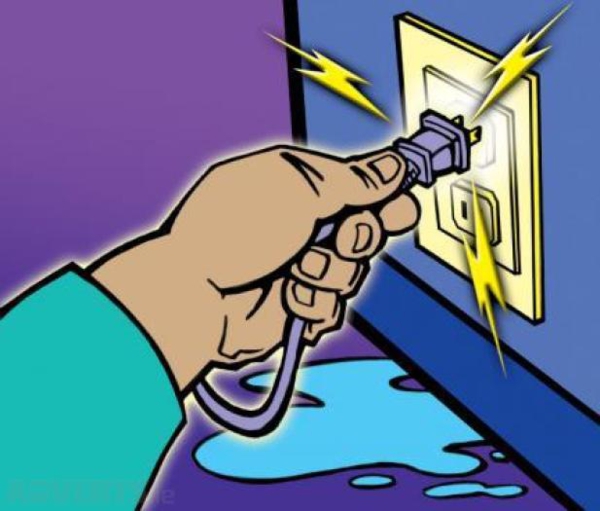If you’re responsible for planning or running an outdoor event, you’ll be aware that health and safety is a massive concern. The risks could result from overcrowding, obviously dangerous activities such as assault courses or childrens’ bouncy castles, or even potential fire hazards. However, electrical safety is possibly the biggest concern, especially at larger events featuring music or other entertainment which requires a large amount of power. Electric shocks are a scary prospect for any safety-conscious organiser. They are dramatic, can happen to anyone, and are potentially fatal incidents. Read on for some general tips to follow if you want to minimise the risk to attendees and staff.
Use a Professional
Firstly, make sure that all aspects of the electrical supply system, whether generated on site or drawn from the power grid, are installed by a competent person. Whilst some electrical setups are relatively simple, the dangers associated with a botched installation are significant. When in doubt, use a qualified electrician.

Utilise RCDs (Residual Current Devices)
The use of residual current devices, commonly known as trip switches, is essential in order to prevent death or serious injury. RCDs work by detecting any imbalance between the electrical signal sent and the one returned, and shutting down the circuit if one is present. These imbalances can be caused by the presence of a human body acting as a ground. It’s certainly worth employing RCDs in your circuits.
Cable Placement and Safety
Most importantly, you should ensure that the insulation of the cabling is in good condition and that no wiring is exposed. In addition, cabling should preferably be routed so that it is out of the way of staff and attendees, minimising the risk both of tripping and of electrical shock. This can be achieved quite simply by running the cable alongside any fencing present on the site. Lastly, make sure that that the correct variety of industrial connector is used.
Generators and Exchanges
Create physical barriers around any and all generators, switches and other possibly dangerous electrical items. The barriers should prevent unauthorised access by attendees whilst allowing qualified personnel to make repairs in a timely fashion. They should also ideally shield the equipment from rain and other sources of water. When carrying out repairs, staff should avoid using metal tools. This might seem obvious, but the common metal step ladder is an example of a frequently used tool which many wouldn’t think twice about employing near electrical equipment.
Have a Backup Plan
Last but not least, bear in mind that accidents and setbacks can happen. Make sure that critical areas, such as first aid and emergency lighting facilities, have access to an auxiliary generator; possibly battery-powered.
Hopefully these tips will help you to deliver a safe and fun event. Good luck to you and your guests!
Julian Smith is an event planner with over 15 years’ experience. In his free time, he enjoys blogging and sailing.

